Home>Articles>How To Store Dubia Roaches For Bearded Dragons
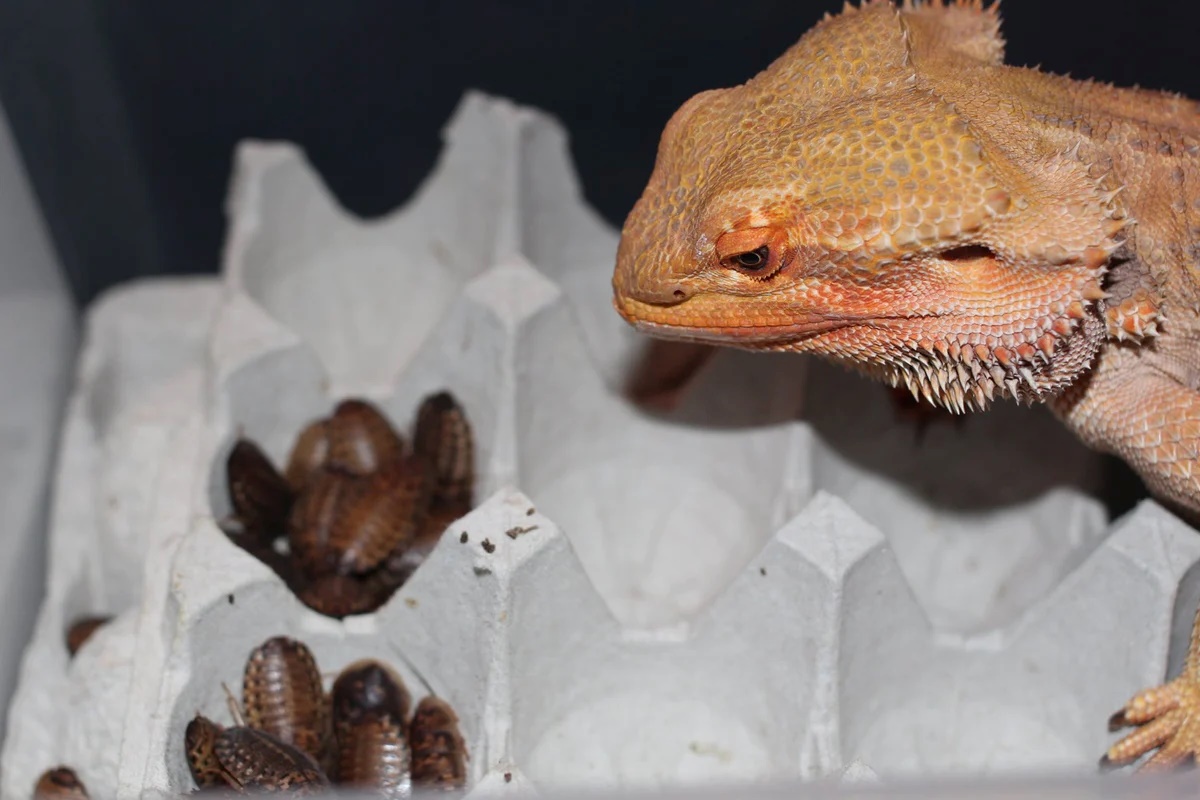

Articles
How To Store Dubia Roaches For Bearded Dragons
Modified: January 6, 2024
Learn the best ways to store Dubia roaches for your bearded dragons in this informative articles. Keep your feeder insects healthy and fresh for optimal nutrition.
(Many of the links in this article redirect to a specific reviewed product. Your purchase of these products through affiliate links helps to generate commission for Storables.com, at no extra cost. Learn more)
Introduction
Welcome to the world of bearded dragon care! These fascinating reptiles make wonderful pets, known for their inquisitive nature and unique personalities. As a responsible owner, it’s important to provide your bearded dragon with a nutritious and varied diet. One excellent food option for these reptiles is dubia roaches.
Dubia roaches are highly nutritious and are an excellent source of protein for bearded dragons. They are low in fat and rich in essential nutrients like calcium and minerals. However, these roaches also need proper care and storage to ensure their longevity and health benefits for your pet. In this article, we will guide you on how to store dubia roaches for your bearded dragons.
Proper storage of dubia roaches is crucial to maintain their nutritional value and prevent potential health issues for your bearded dragon. By following the tips and guidelines provided in this article, you can ensure that your dubia roaches remain healthy, well-nourished, and readily available for feeding.
Key Takeaways:
- Proper storage of dubia roaches is essential for providing a nutritious and varied diet for bearded dragons. Creating an ideal storage container with proper ventilation, temperature, and humidity levels is crucial for maintaining the health and well-being of the roaches.
- Regular cleaning, maintenance, and population control strategies are necessary to ensure a manageable and sustainable dubia roach colony. By following long-term storage tips and prioritizing the well-being of the roaches, you can provide a consistent supply of healthy feeders for your bearded dragon.
Read more: How To Store Dubia Roaches
Why Store Dubia Roaches for Bearded Dragons
Storing dubia roaches for your bearded dragons serves several purposes and brings numerous advantages. Here are some compelling reasons to consider:
- Nutritional Benefits: Dubia roaches are an excellent source of protein, which is essential for the growth and overall health of bearded dragons. By storing dubia roaches, you can provide a reliable and consistent source of high-quality food for your pet.
- Convenience: Bearded dragons need frequent feeding, and having a readily available supply of dubia roaches streamlines the feeding process. You won’t have to rush to find roaches every time your bearded dragon is hungry.
- Cost Savings: Raising your own dubia roach colony can be more cost-effective than constantly purchasing live feeders. By storing and breeding your own roaches, you can save money in the long run.
- Consistency in Diet: Bearded dragons thrive on a varied diet. Storing dubia roaches ensures that you always have a diverse food source on hand, allowing you to provide a balanced and nutritious diet to your pet.
- Control over Quality: When you store and raise your own dubia roaches, you have complete control over their environment and the quality of their food. This gives you the peace of mind knowing that your bearded dragon is consuming healthy and uncontaminated feeders.
Overall, storing dubia roaches for your bearded dragons is a smart choice that offers convenience, cost savings, and nutritional benefits. It allows you to provide a consistent and well-rounded diet to ensure the health and well-being of your beloved pet.
Setting Up an Ideal Storage Container
Creating the right environment for storing dubia roaches is crucial to their well-being and longevity. Here are the key factors to consider when setting up a storage container:
- Size of the Container: Choose a container spacious enough to accommodate the desired quantity of dubia roaches. Ensure that the container has enough room for the roaches to move around and for you to easily access them.
- Escape-Proof Design: Select a container that is escape-proof to prevent the roaches from spreading throughout your home. A plastic tub or glass tank with a tightly fitting lid is often recommended.
- Dark and Secure: Dubia roaches prefer dark and secure environments. Consider using a container that has minimal openings or cover it with a dark cloth to provide a sense of security for the roaches.
- Substrate: Line the bottom of the container with a suitable substrate for the roaches, such as egg cartons or cardboard pieces. These materials provide hiding spots and a comfortable surface for the roaches to rest on.
- Temperature and Humidity: Maintain the appropriate temperature and humidity levels within the container to create a favorable environment for the roaches. Aim for a temperature range of 80-90°F (27-32°C) and a humidity range of 40-60%.
- Accessibility: Make sure the container allows for easy access to feed and remove the dubia roaches. Consider adding small doors or removable sections to the container for convenient feeding and maintenance.
By setting up an ideal storage container, you provide a safe, secure, and suitable environment for the dubia roaches. This promotes their well-being and ensures they remain healthy and readily available for feeding your bearded dragon.
Temperature and Humidity Requirements
Maintaining the right temperature and humidity levels within the storage container is essential for the health and well-being of your dubia roaches. Here are the guidelines to follow:
- Temperature: Dubia roaches thrive in warm temperatures. Aim to keep the storage container within a temperature range of 80-90°F (27-32°C). Use a reliable thermometer to monitor the temperature regularly and make necessary adjustments as needed.
- Heating: If the ambient temperature in your home is below the desired range, you might need to provide supplemental heating. Consider using heat mats, heat lamps, or ceramic heat emitters to maintain the proper temperature within the container. Ensure that the heating element is safely installed and does not have direct contact with the roaches or their substrate.
- Humidity: While dubia roaches can tolerate different humidity levels, it’s important to maintain a moderate level of humidity within the container. Aim for a humidity range of 40-60%. Use a hygrometer to monitor humidity levels and adjust accordingly. To increase humidity, you can mist the substrate lightly with water or place a small water dish inside the container.
- Ventilation: Good airflow is crucial to prevent the buildup of excess moisture and maintain proper air circulation within the storage container. Ensure that the container has adequate ventilation holes or vents to allow for fresh air exchange. However, be cautious that the holes are small enough to prevent the roaches from escaping.
- Monitoring: Regularly check the temperature and humidity levels in the storage container to ensure they are within the optimal range. Keep an eye out for any signs of condensation, mold, or excessive moisture, as these can indicate poor ventilation or high humidity levels that could adversely affect the health of the roaches.
By maintaining the proper temperature and humidity in the storage container, you provide an environment that promotes the overall well-being and health of your dubia roaches. This ensures they remain vibrant, active, and suitable for feeding to your bearded dragon.
Proper Ventilation and Airflow
Creating a storage container with proper ventilation and airflow is crucial for the health and well-being of your dubia roaches. Here are some guidelines to ensure optimal ventilation:
- Ventilation Holes: Ensure that the storage container has sufficient ventilation holes or vents to allow for proper airflow. These holes should be small enough to prevent the roaches from escaping while allowing fresh air to circulate.
- Placement of Holes: Position the ventilation holes strategically to promote good air circulation. Place some holes near the top of the container to allow warm, stagnant air to escape, and place others near the bottom to facilitate the entry of fresh air.
- Avoiding Excess Moisture: Proper ventilation helps prevent the buildup of excess moisture within the container. Excessive moisture can lead to poor air quality, mold growth, and potential health issues for the roaches. Ensure that the substrate is not overly wet and allow it to dry out before misting or providing additional moisture.
- Securing the Lid: While ventilation is important, it’s also crucial to keep the storage container secure to prevent the roaches from escaping. Make sure the lid is tightly secured to avoid any potential gaps or openings that could allow the roaches to crawl out.
- Monitoring: Regularly check the ventilation holes to ensure they are not blocked or obstructed. Remove any debris or obstructions that may hinder proper airflow. Regular monitoring will help promote a healthy and well-ventilated environment for your dubia roaches.
Proper ventilation and airflow help maintain the overall health and well-being of your dubia roaches. It ensures the circulation of fresh air, prevents excessive moisture buildup, and creates a favorable environment for the roaches’ growth and longevity.
Store Dubia roaches for bearded dragons in a well-ventilated container with egg crates for climbing and hiding. Keep them at 70-80°F and feed them fresh fruits and vegetables for nutrition.
Read more: How To Store Crickets For Bearded Dragons
Providing Water and Food
Proper hydration and nutrition are essential for the health and well-being of your dubia roaches. Here are some guidelines on providing water and food for your roach colony:
- Water Source: Ensure that your dubia roaches have access to a clean and reliable water source. One option is to provide a shallow dish with water gel crystals or a water sponge. These water sources provide moisture without the risk of drowning. It’s important to monitor the water source and refill or replace it as needed.
- Moisture in Food: Incorporate moisture-rich food items into the diet of your dubia roaches. Fruits and vegetables such as oranges, apples, carrots, and cucumbers can provide hydration while also serving as a source of nutrients. Ensure that the food is fresh and free from any pesticides or harmful chemicals.
- High-Quality Roach Diet: Along with fruits and vegetables, it’s important to feed your dubia roaches a high-quality roach diet. Commercial roach chows or specialized roach feed provide the necessary proteins, vitamins, and minerals for their growth and overall health. Follow the instructions on the packaging for proper feeding guidelines.
- Feeder Insects: Consider providing additional feeder insects to your dubia roaches. These can include small-sized crickets, mealworms, or phoenix worms. These feeder insects not only offer variety in their diet but also contribute to their nutritional requirements.
- Food Rotation: To ensure a balanced diet, rotate the types of fruits, vegetables, and roach chow you offer to your dubia roaches. This helps provide a variety of nutrients and prevents them from becoming too accustomed to a specific food source.
- Monitoring Food: Regularly check the storage container to ensure that there is an ample supply of fresh food available for your dubia roaches. Remove any uneaten food to prevent spoilage and mold growth. This helps maintain the cleanliness and overall hygiene of the container.
By providing an adequate water source and a well-rounded diet, you ensure that your dubia roaches receive the necessary hydration and nutrition. This enhances their health, vitality, and ultimately makes them an optimal food source for your bearded dragon.
Regular Cleaning and Maintenance
Maintaining proper cleanliness and hygiene within the dubia roach storage container is crucial for the health and well-being of your roach colony. Regular cleaning and maintenance help prevent the buildup of waste, control odors, and reduce the risk of disease. Here are some guidelines to follow:
- Spot Cleaning: Perform regular spot cleaning by removing any uneaten food, feces, or dead roaches from the container. Use a pair of tweezers or small tongs to remove these items, taking care not to disturb or stress the remaining roaches.
- Substrate Replacement: Replace the substrate in the container periodically. Depending on the size of your colony, this can range from every few weeks to a couple of months. Dispose of the old substrate and replace it with fresh material to maintain cleanliness and prevent the buildup of waste.
- Cleaning the Container: Clean the storage container itself on a regular basis. Use a mild detergent and warm water to wipe down the walls, floor, and lid of the container. Rinse thoroughly to remove any soap residue before adding fresh substrate and returning the roaches to their habitat.
- Preventing Mold and Mildew: Monitor the container for any signs of mold or mildew growth. If you notice any, remove the affected area immediately and disinfect the container. Keeping the container clean and ensuring proper airflow will help prevent the growth of mold and mildew.
- Odor Control: To control odors, ensure proper ventilation within the container and maintain cleanliness. If you notice strong odors, you can sprinkle a thin layer of baking soda or activated charcoal on the substrate to help absorb odors. Replace these odor-absorbing agents as needed.
- Regular Inspections: Regularly inspect the storage container and the roach colony for signs of illness or disease. Look for any abnormalities, such as excessive death rates, discoloration, or lethargic behavior. If you notice any concerns, consult a veterinarian with experience in reptile care.
By following a regular cleaning and maintenance routine, you ensure a clean and healthy environment for your dubia roaches. This promotes their overall well-being and ensures they remain a nutritious food source for your beloved bearded dragon.
Controlling Population Growth
Controlling the population growth of your dubia roaches is important to prevent overcrowding, maintain a manageable colony size, and ensure the availability of an adequate food supply for your bearded dragon. Here are some strategies to help control population growth:
- Separating and Isolating: Periodically separate adult females from males to control breeding. This can be done by creating separate breeding containers or by removing females and placing them in a separate enclosure. This helps regulate the rate of reproduction and prevents excessive population growth.
- Breeding Ratio: Determine the ideal breeding ratio based on your desired colony size and available resources. A common recommendation is to maintain a ratio of one male to every four to six females. Adjust the ratio as needed to control population growth and maintain a sustainable colony size.
- Removing Oothecae: Oothecae are the egg cases produced by dubia roaches. Regularly check the storage container for oothecae and remove them to prevent further breeding and population growth. Dispose of the oothecae in a sealed bag or freeze them to ensure they do not hatch elsewhere.
- Monitoring Reproduction: Keep a close eye on the reproductive activity of your dubia roaches. If you notice a rapid increase in population or an overwhelming number of births, take proactive measures to control breeding. Separate or isolate more females or adjust the male-to-female ratio to maintain population control.
- Feeding Schedule: Adjust the feeding schedule to control population growth. Decrease the frequency or amount of food provided if the roach population begins to exceed your desired colony size. This helps slow down their growth and reproduction rates.
- Selling or Giving Away Excess Roaches: If your dubia roach colony grows larger than you can manage or if you have an excess of roaches, consider selling or giving them away to other reptile owners. There may be local breeders or reptile enthusiasts who are looking for a reliable source of feeders for their pets.
By implementing population control strategies and closely monitoring the breeding and growth rates of your dubia roaches, you can effectively manage their population, prevent overcrowding, and ensure a sustainable food source for your bearded dragon.
Tips for Long-term Storage
When it comes to storing dubia roaches for an extended period, there are several tips and considerations to ensure their long-term health and viability. Here are some valuable tips for long-term storage:
- Quality Control: Ensure that the dubia roaches you store are healthy and free from any diseases or parasites. Avoid introducing sick or weak individuals into your storage container, as they can negatively impact the entire colony.
- Regular Inspections: Regularly inspect your storage container for any signs of infestations or unwanted pests. Look for mites, ants, or other insects that may have found their way into the container. Early detection allows for prompt intervention and prevents the spread of unwanted pests.
- Proper Feeding: Maintain a regular feeding schedule and provide the appropriate amount of food for your dubia roaches. Ensure that the diet includes a variety of fruits, vegetables, roach chows, and other feeder insects to ensure a balanced and nutritious diet. Well-fed roaches are healthier and more likely to reproduce successfully.
- Cycling Food Sources: Rotate the types of food you offer to your dubia roaches to provide a balanced and diverse diet. This helps ensure they receive a wide range of nutrients and prevents them from becoming overly dependent on a single food source.
- Temperature and Humidity Control: Maintain suitable temperature and humidity levels within the storage container. Regularly monitor and adjust as needed to provide optimal conditions for the roaches’ growth and survival. Consistent temperature and humidity levels are crucial for their long-term health.
- Regular Cleaning: Regularly clean the storage container to remove any waste buildup and maintain hygiene. Replace the substrate, remove uneaten food, and spot clean as necessary to keep the environment clean and prevent the growth of bacteria and mold.
- Monitor Colony Size: Continuously monitor the size of your dubia roach colony to prevent overcrowding. If the population becomes too large, consider removing or selling excess roaches to ensure a sustainable and manageable colony size.
- Proper Quarantine: When introducing new dubia roaches into your storage container, quarantine them separately for a period of time to ensure they are healthy and free from any potential diseases or parasites. This helps prevent the spread of infections within the colony.
- Consider Breeding Ratio: Adjust the male-to-female ratio in your storage container to control breeding and population growth. This allows you to maintain a manageable population size and prevents overcrowding.
By following these tips for long-term storage, you can ensure the health, viability, and sustainability of your dubia roach colony. This ensures a consistent and nutritious food source for your bearded dragon over an extended period.
Read more: How To Store Hornworms For Bearded Dragons
Conclusion
Storing dubia roaches for your bearded dragons is not only beneficial for their nutrition but also provides convenience and cost savings for you as a pet owner. By following the guidelines and tips outlined in this article, you can ensure the proper storage and care of your dubia roaches, making them a reliable food source for your beloved reptile companion.
Setting up an ideal storage container with proper ventilation, temperature, and humidity levels is critical for maintaining the health and well-being of the roaches. Providing them with a clean and secure environment promotes their longevity and quality of life.
Additionally, ensuring a nutritious diet and access to water is essential for the health of your dubia roaches. Regular cleaning and maintenance, along with population control strategies, help maintain a manageable colony size and prevent overcrowding.
Lastly, considering long-term storage tips such as quality control, regular inspections, proper feeding, and monitoring the colony size will contribute to the continued success of your dubia roach colony.
By implementing these practices, you can ensure a consistent supply of healthy dubia roaches for your bearded dragon, providing them with the nutrition they need to thrive. Always remember to prioritize the well-being of both your dubia roaches and your reptile companion to create a harmonious and rewarding pet ownership experience.
Frequently Asked Questions about How To Store Dubia Roaches For Bearded Dragons
Was this page helpful?
At Storables.com, we guarantee accurate and reliable information. Our content, validated by Expert Board Contributors, is crafted following stringent Editorial Policies. We're committed to providing you with well-researched, expert-backed insights for all your informational needs.
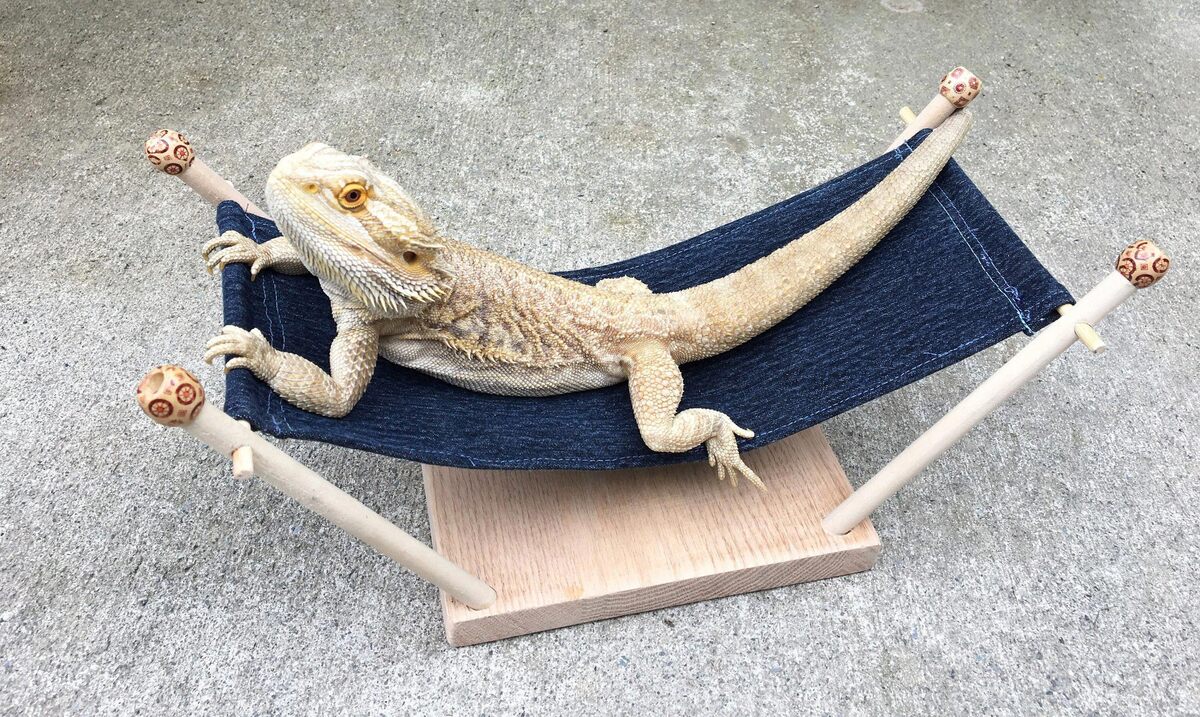
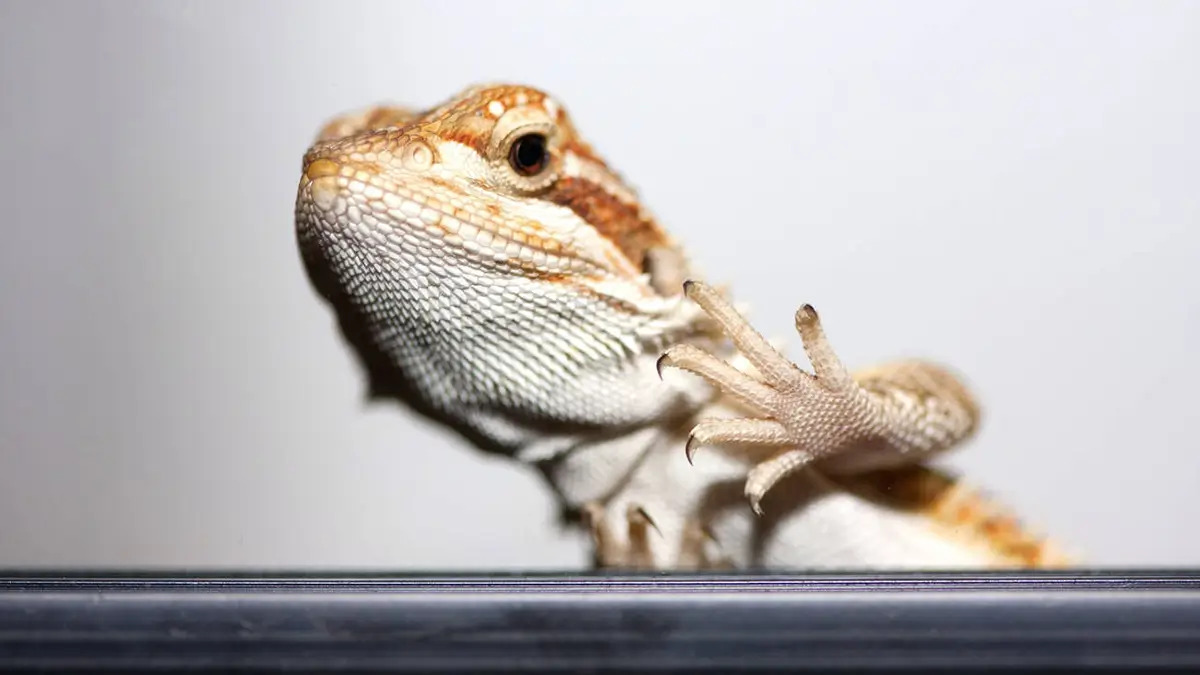
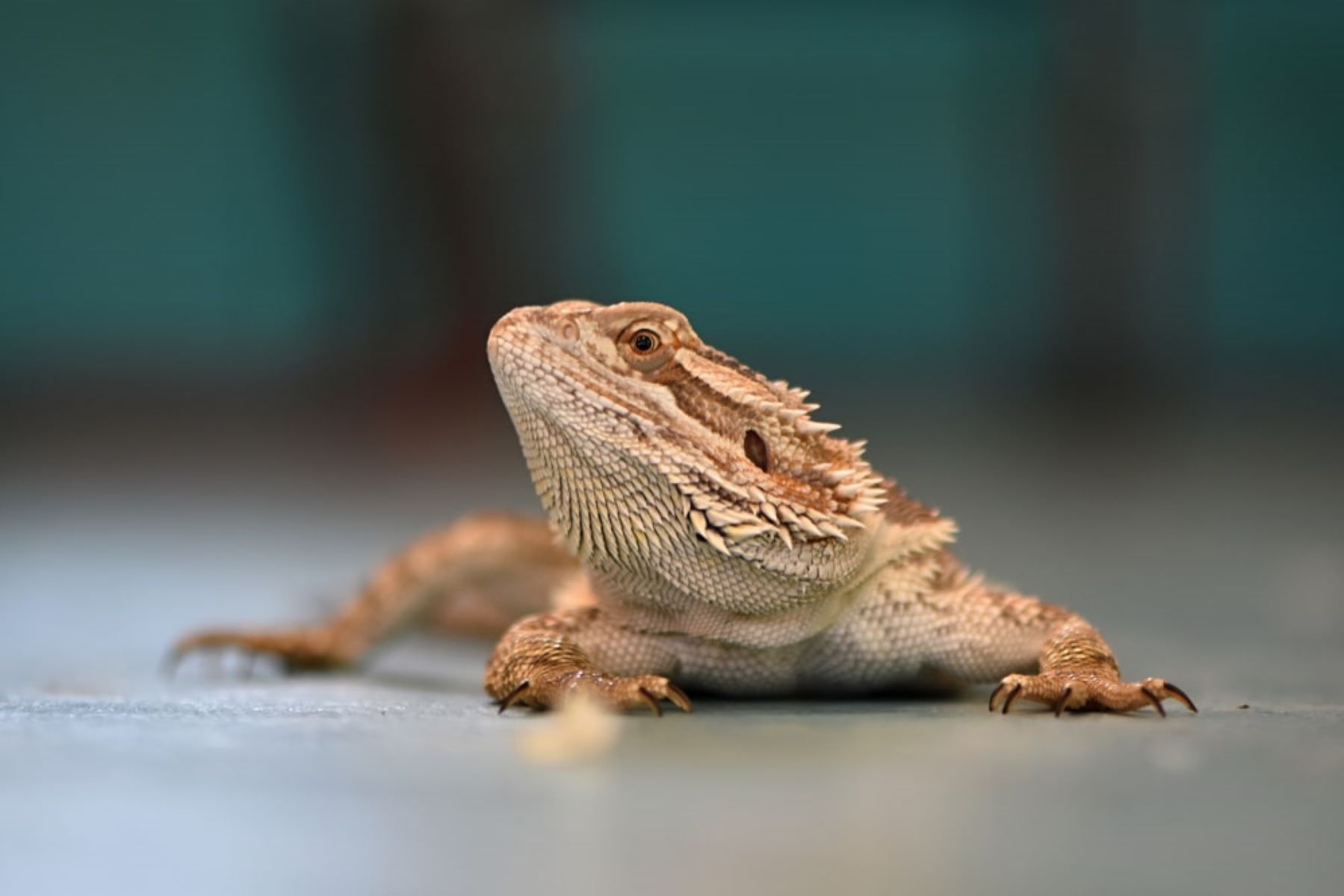
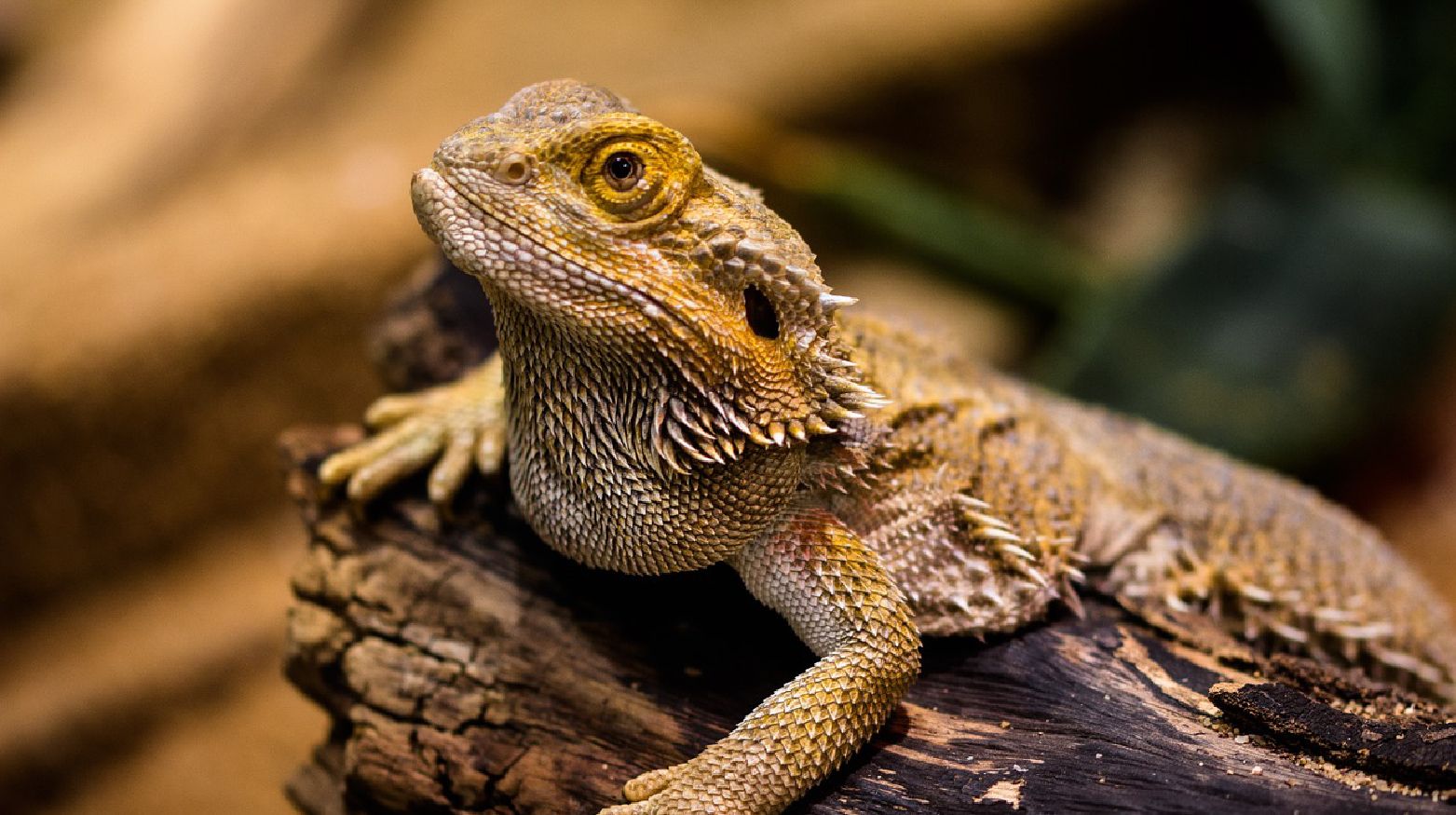
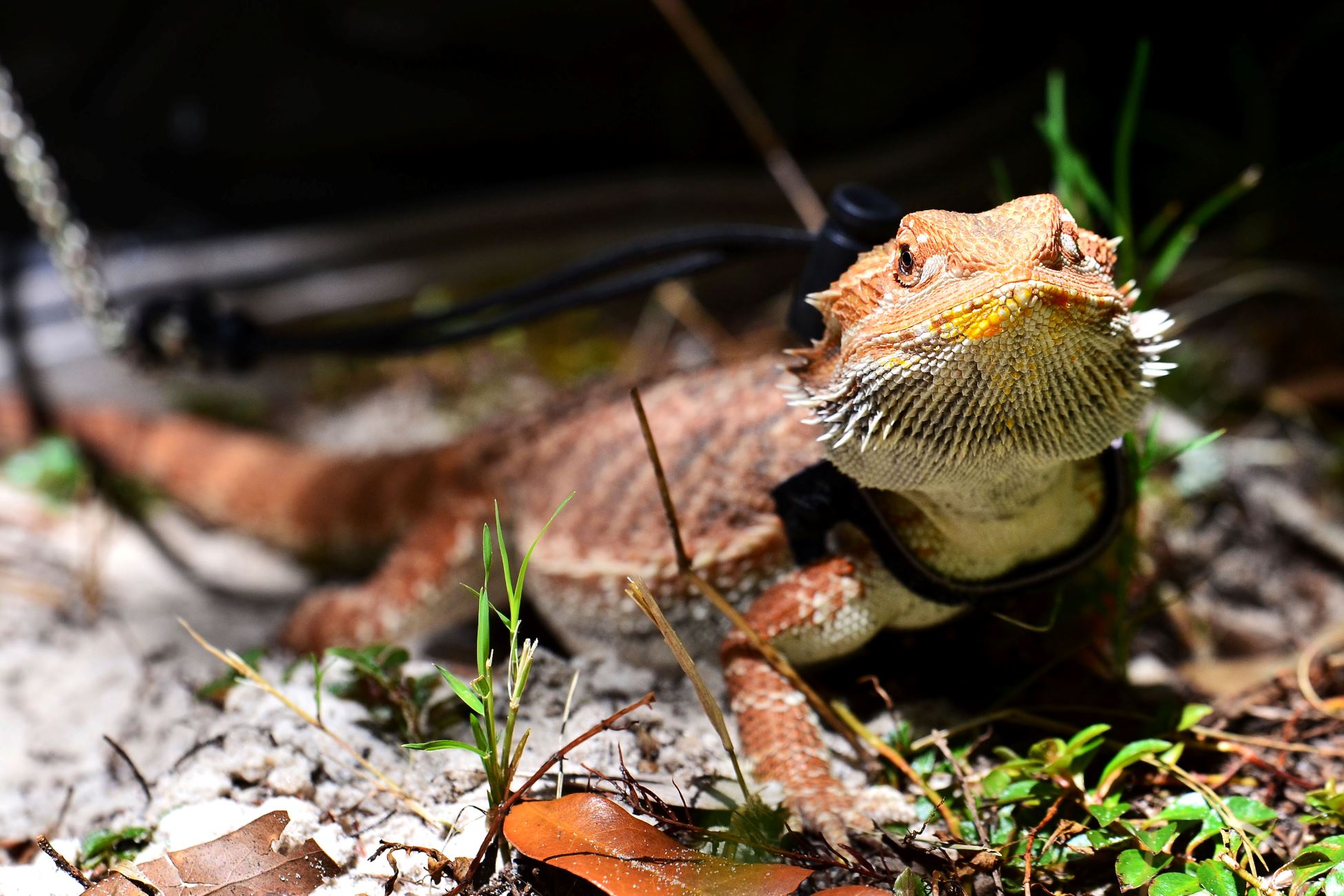
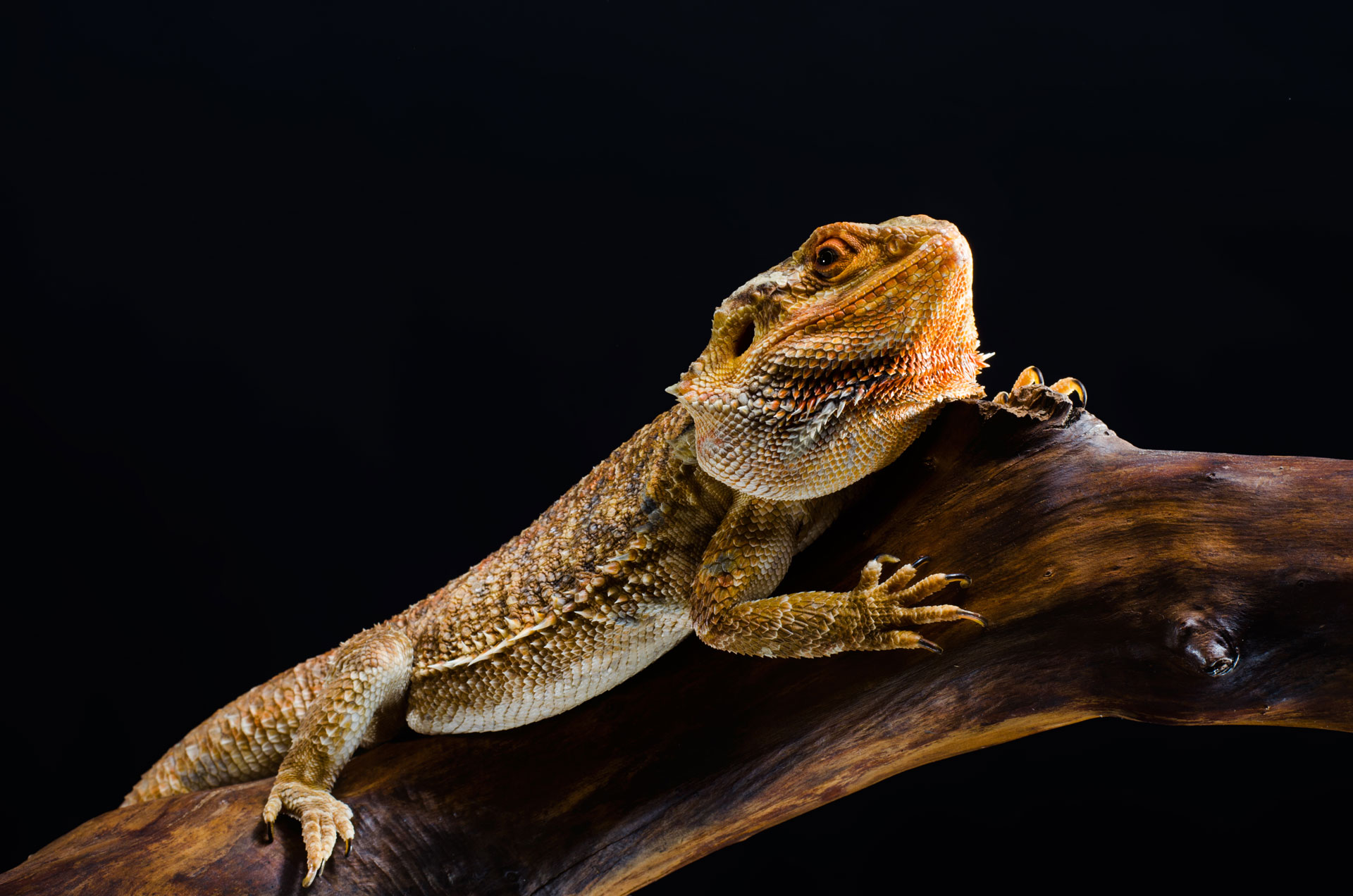
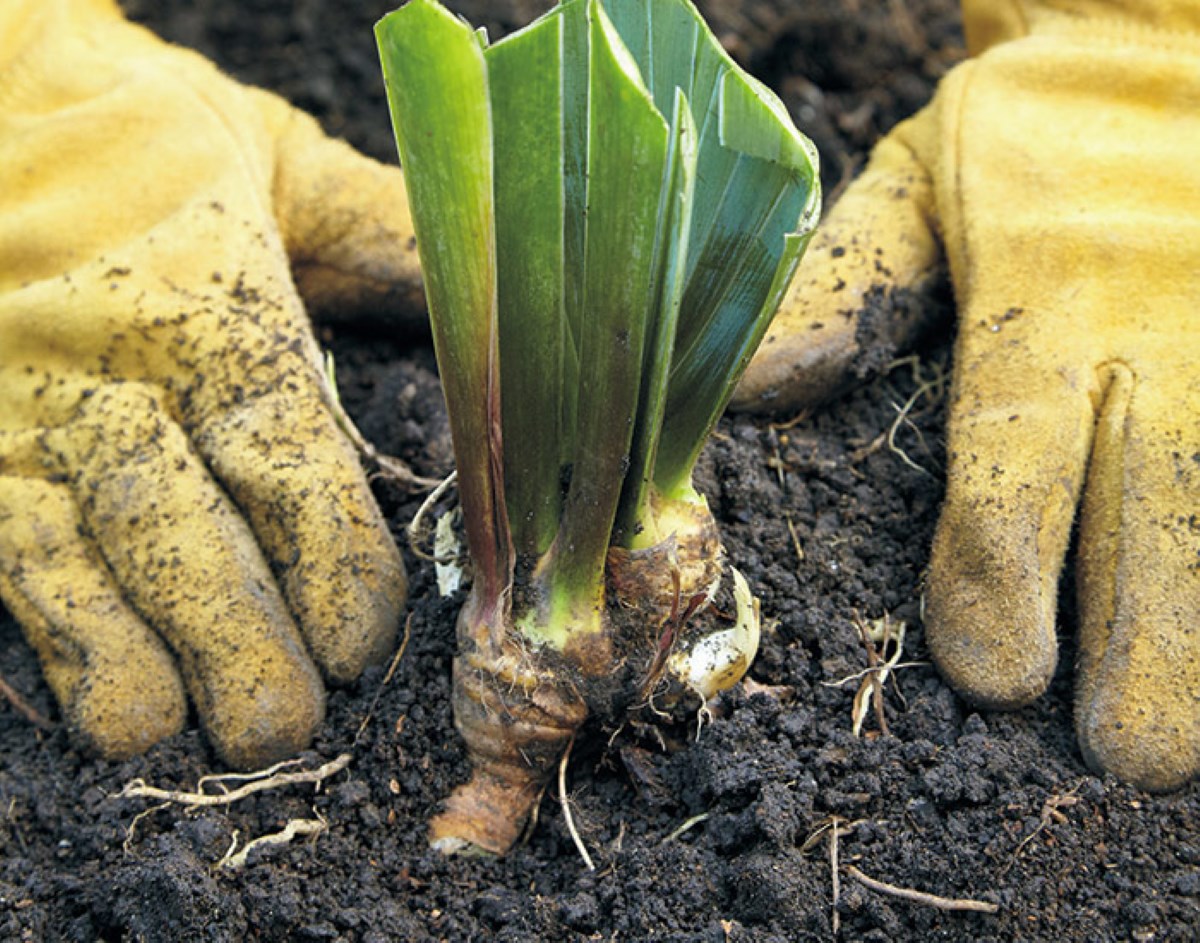

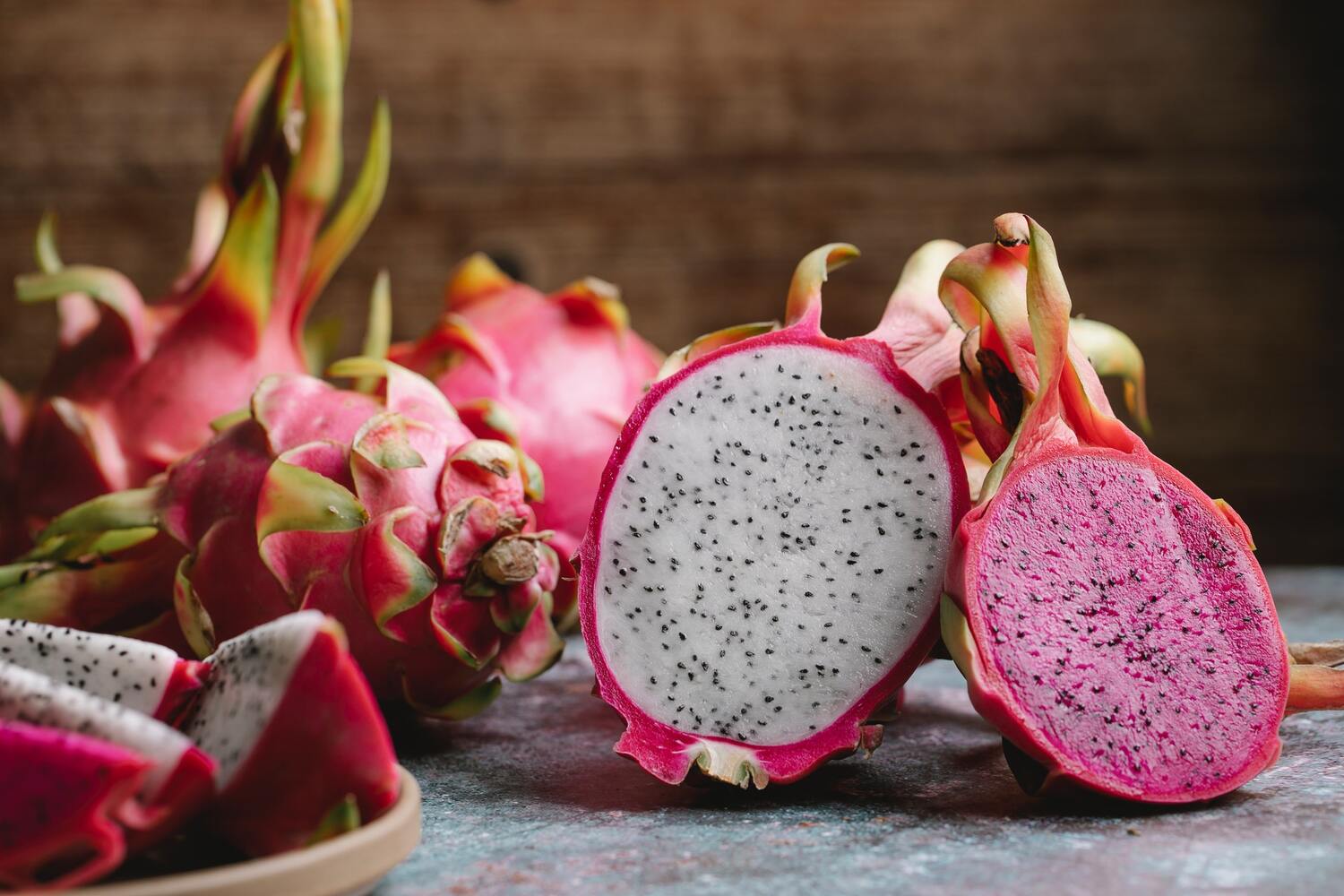

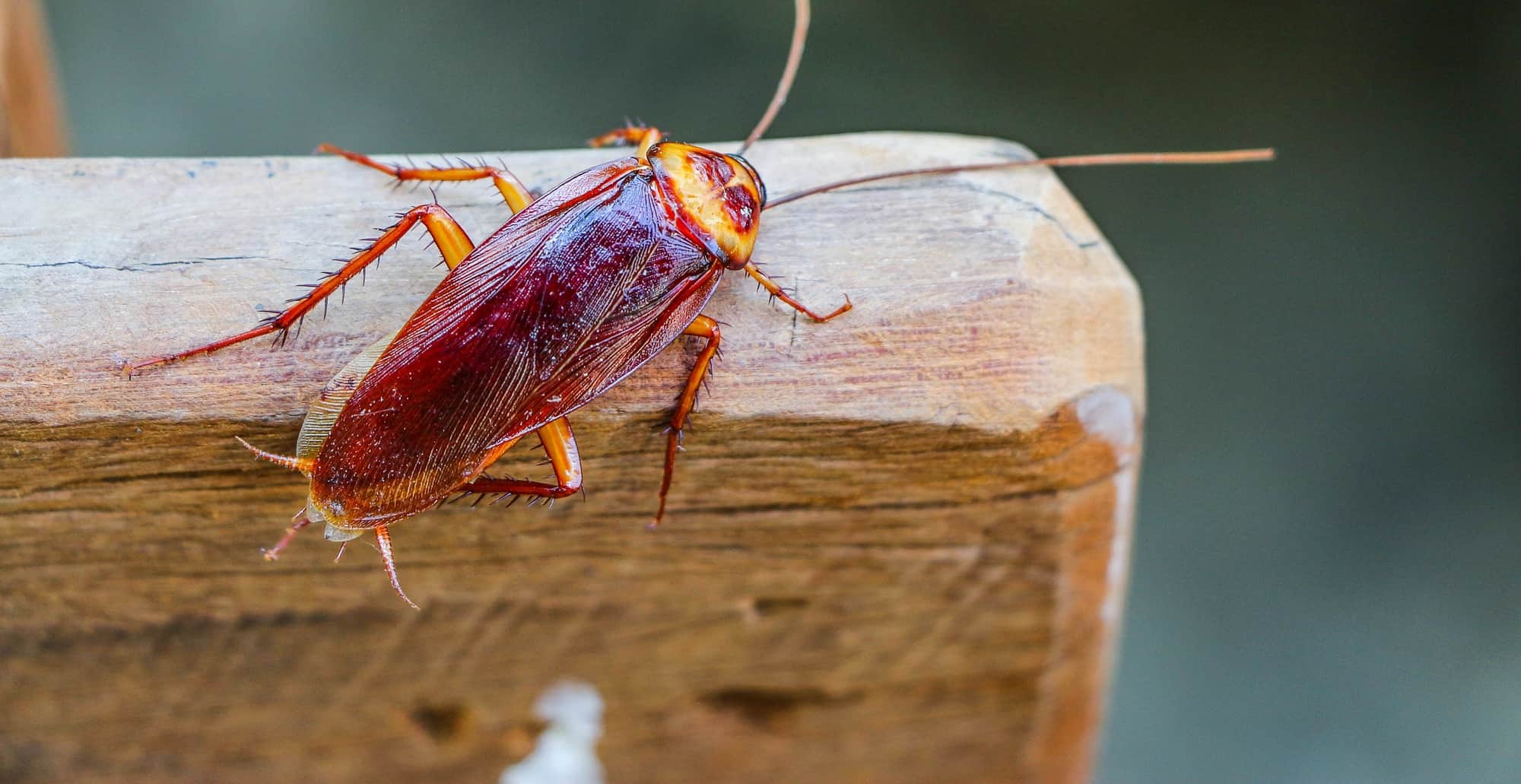
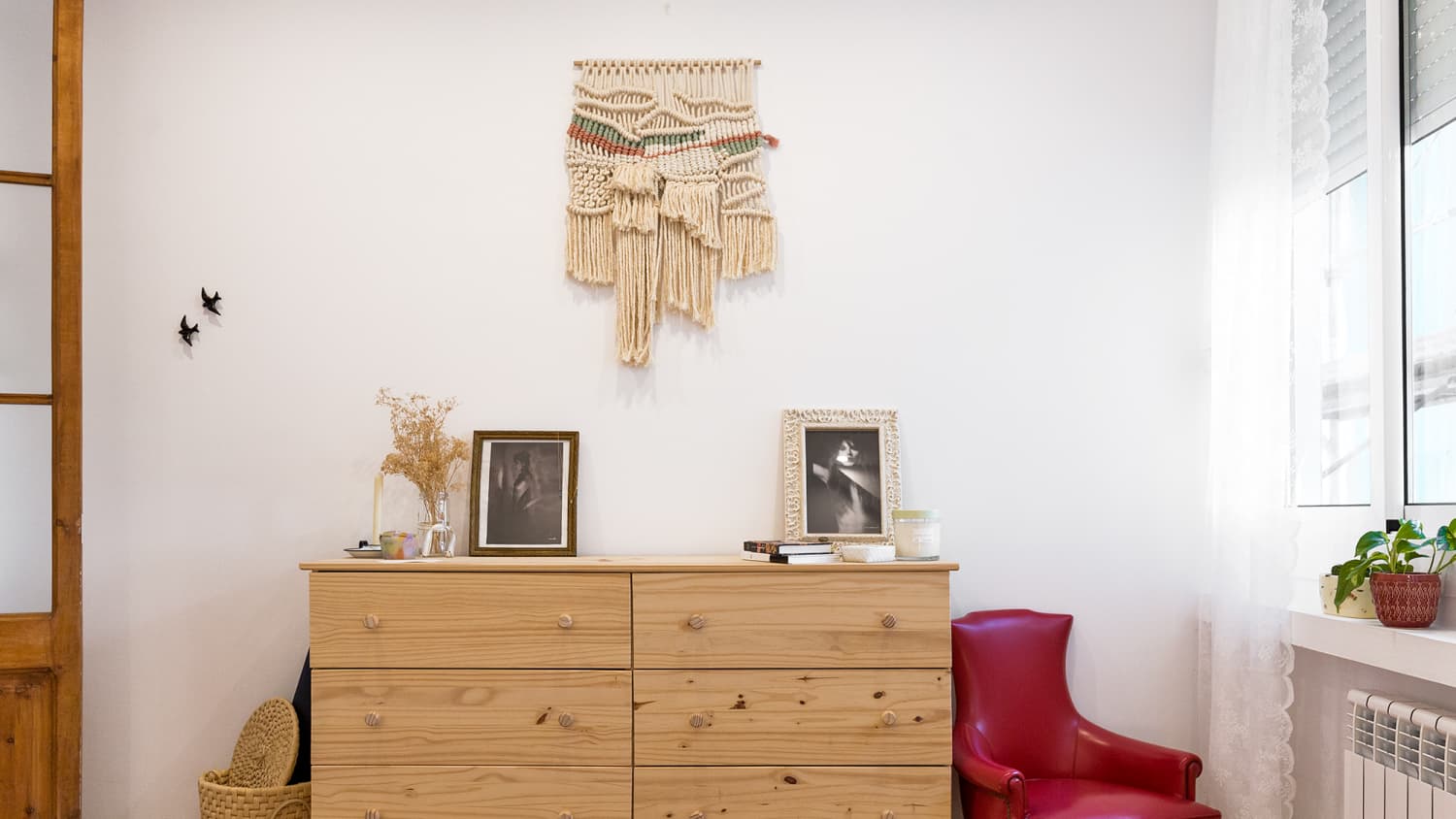
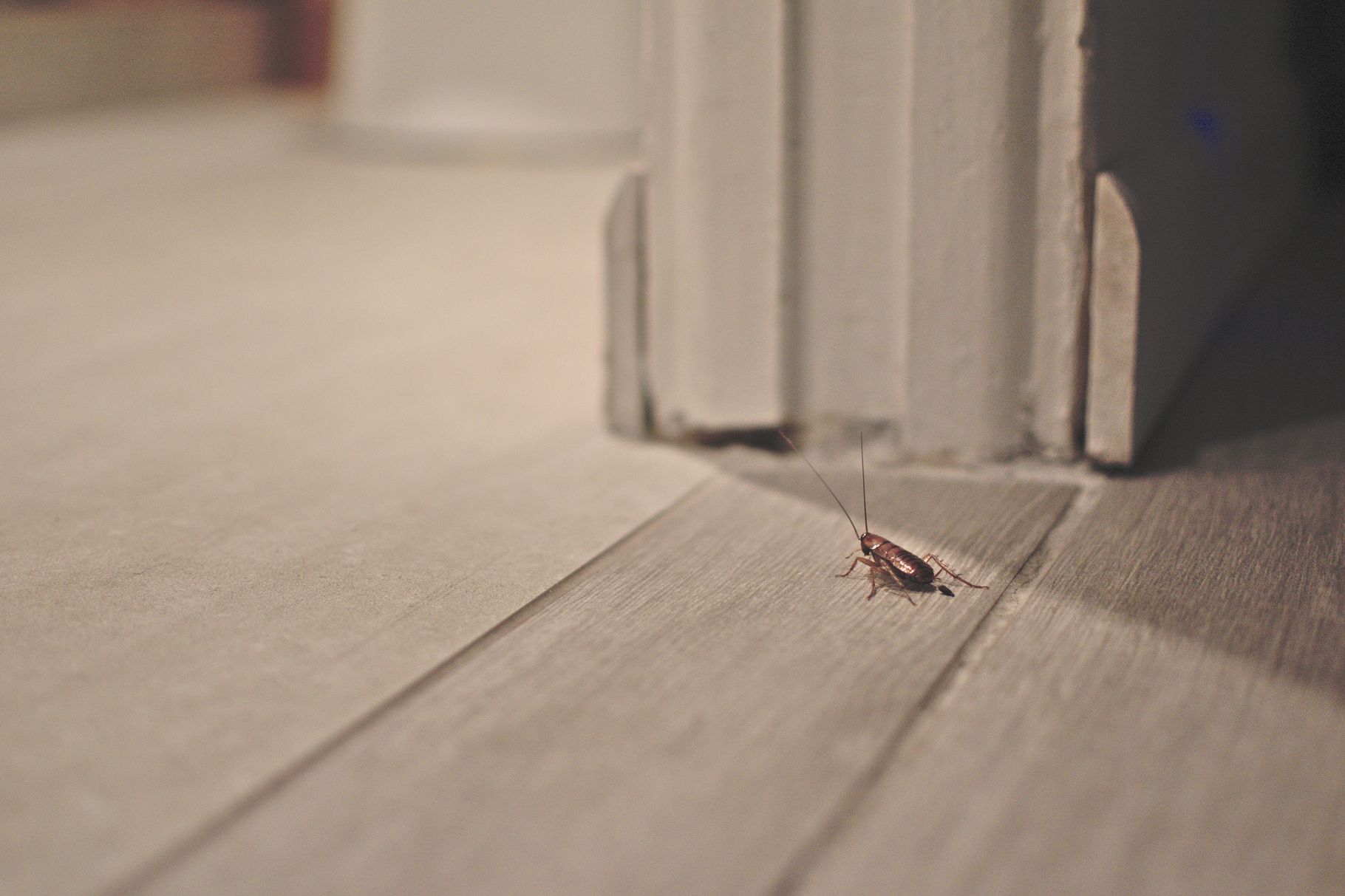

0 thoughts on “How To Store Dubia Roaches For Bearded Dragons”